Not provide is the lack of data about the keywords that users use to find a site in the search term report in Google Analytics. This is information that Google has chosen not to share with webmasters for researcher privacy reasons. The absence of this data leaves a gaping hole in the analytics report and it becomes difficult to know the search terms entered by users.
Understanding how users search on search engines is critical to any content creation strategy. It is estimated that 50% of Internet users start their online query with four keywords.
This makes it difficult to determine the combination of keywords that would bring a visitor to your site in order to refine your content strategy and attract quality traffic.
Google Analytics makes this even more difficult and replaces the keywords that generate organic traffic with the “Not provided” mention. This is a real challenge when you know that organic search accounts for up to 99% of the overall traffic of some sites.
It appears that the Not provided mention can affect the content creation strategy of websites. Through this article, we will discover the Not provided mention in Google Analytics and its implications in terms of SEO.
Finally, we will explore alternative solutions to bypass the “Not provided” mention and display the search terms of Internet users
Chapter 1: What does Not provided mean?
Google Analytics is a great tool that provides a myriad of information that can help SEO professionals and marketers in their work.
Using the data provided by Google Analytics including search traffic trends and visitor behavior helps to understand the marketing campaigns implemented.
However, there is one situation that is often a source of frustration for many SEO professionals: the report on organic search terms.
When marketers try to get information about the keywords that bring visitors to their site, they run into a problem in Google Analytics. The keyword data is marked as “Not provided.”
This chapter is dedicated to the meaning of the “Not provided” mention and its impact on sites in terms of SEO.
1.1 Not provided: What is it?
Like other analytics tools, Google Analytics generates reports on a site including traffic and keyword performance data.
Analytics reports used to show the top keywords that drive the most traffic to a site. Nowadays, it is the “Not provided” term that appears in the analytics reports instead of the traffic generating keywords.

This happens when the phrases that visitors use to find a site are not available in Google Analytics. In other words, “Not provided” describes any organic keyword search that does not appear in analytics reports.
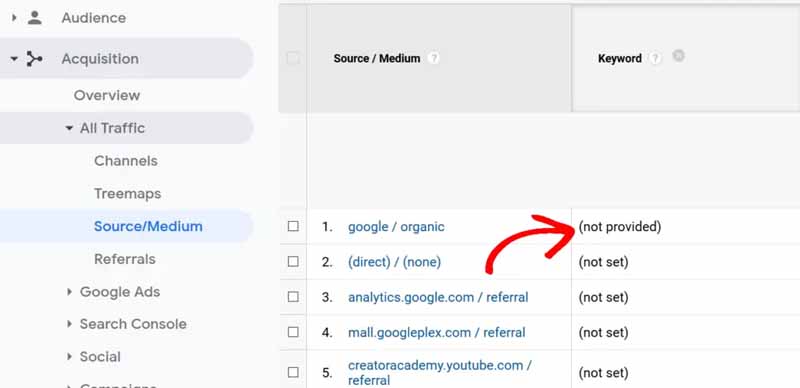
Source : Monsterinsights
Indeed, Google has decided to stop providing information about search terms. We discover in the following part the reasons behind Google’s decision.
1.2. Why are organic traffic generating terms replaced by “Not provided” in Google Analytics?
This measure from Google is a response to the growing concerns about search privacy. The search engine introduced secure search in 2011 by adopting the Secure Socket Layers (SSL) protocol.
The goal of this protocol is to provide users with a more private browsing experience. It encrypts the data generated while browsing the Internet to prevent access to private information such as login data to third parties.

As a result, search query data is encrypted, including users’ search queries and search results pages.
Since then, Google has continuously enhanced search privacy by making search behavior data inaccessible in Google Analytics.
Users of Google’s services automatically use secure search and the keywords they enter are replaced with “Not Provided”.
This is the situation that led to the “Not provided” notation for the tracking systems concerned.
1.3. What is the impact of the “Not Provided” mention for SEO?
Keywords are essential when it comes to ranking a site in the SERPs or when an audience needs to find the contents of a site. Websites can find the terms for which they are likely to rank.

Keywords that create optimized articles are easy to find. But the more laborious path is to find the phrases that bring users to a site.
It is however the knowledge of these expressions that will allow webmasters to improve their SEO strategies and campaigns.
Indeed, the knowledge of the keywords that visitors use to find a site allows to understand the expressions that generate traffic and to verify if the SEO efforts of a site are successful.
It is about comparing the targeted keywords and the keywords that generated the most traffic. By doing this, you find out if your targeted keywords match the terms your audience is using on search engines.
When they match, it means your SEO strategy is working and you should continue to do so. But when they don’t match, it’s imperative to come up with ideas to improve your site’s SEO.
Comparing the targeted keywords to the keywords that are generating traffic can also reveal if you are generating traffic from phrases that are not relevant to your industry.
It is also an opportunity to find new keywords for which you will soon create content. Also, by creating articles that your target audience is looking for, you can further improve your site’s performance.

But the lack of traffic generating keywords makes keyword optimization very difficult. This is the main problem with “Not provided” in terms of SEO.
It limits the possibilities of on-page optimization and keyword research. It is also impossible to track keywords that convert from organic search.
Chapter 2: Alternative solutions to find the missing information of Not provided
In addition to Google Analytics, webmasters need to find alternative ways to compensate for the loss of Not provided information.
Fortunately, there are other ways to find the search terms of website visitors without being confronted with “Not provided”.
In this chapter, we will discover the workarounds to display the information that is hidden behind this mention.
2.1. Understand visitor behavior using landing page reports by creating a custom filter
The first way to get around the “Not provided” mention is to use Google Analytics in another way. This tool can indeed provide you with other information that is just as valuable as the terms that generate traffic to your site.
This is information that will allow you to understand the behavior of visitors on your site, especially what they do. To configure this information, log into Google Analytics and go to “Admin”.
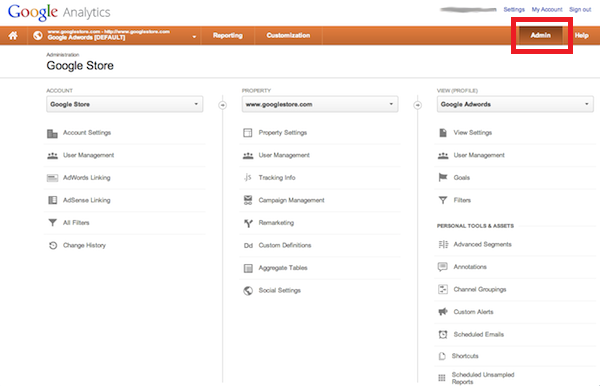
Source : searchenginewatch
Then click on the “Profile” button and choose the name of the profile you want to configure. You will then create a custom filter for the results that displays “Not provided”.
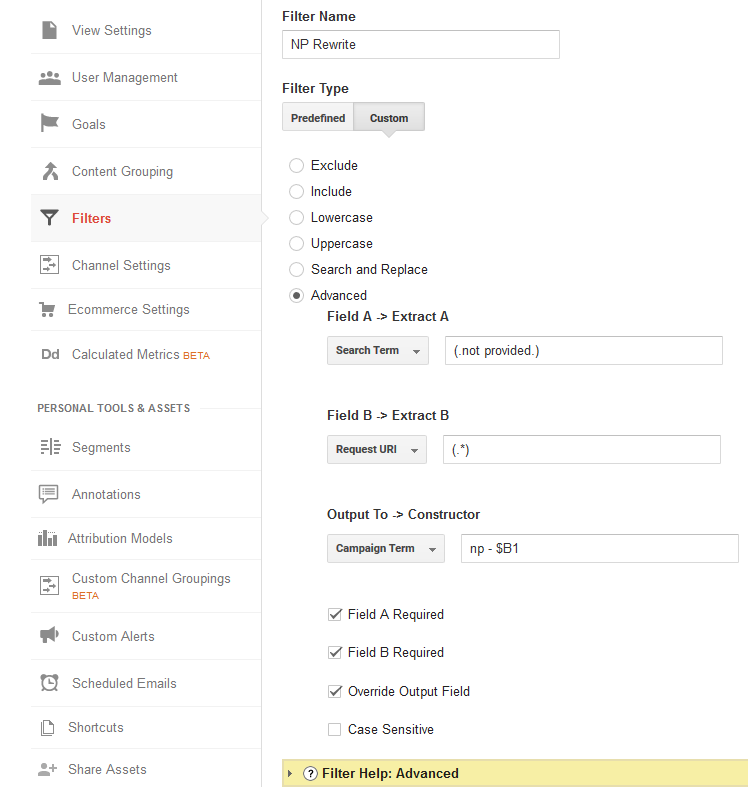
Source : amazonaws
The purpose of this filter is to extract the URL of the search terms that are missing from the analysis report instead of the “Not provided” mention.
Of course this will not allow you to see exactly which search terms are missing in the tool. However, it can help you understand the URL that is receiving your traffic.
Indeed, it can be roughly estimated what expressions visitors use to arrive on your page. For example, when the URL is the homepage URL, it is likely that the search term is a brand keyword.
Other Google Analytics data such as new visitors, return visitors and session duration can help you understand how users behave on the traffic generating source URL.
Ideally, you should define yourself in Google Analytics, which pages you want to track. To do this, go to the left menu of the tool and access “Acquisition”. Then click on “Search Console” and select “Landing page”.
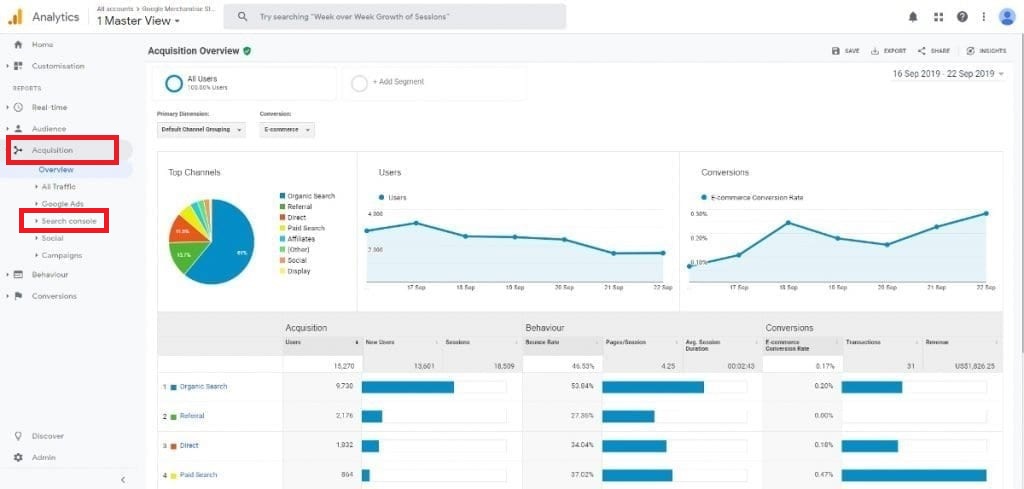
Source : google-analytics
This is where you can customize the landing pages for which you want to have more information.
2.2. The traffic source report
One of the advantages of Google Analytics is that it allows you to see the sources of your site’s traffic. This is information that tells you what is happening on your site from organic search.

This is information that you can compare with other Google Analytics data such as the queries report. However, the data related to traffic sources is renewed every two days and has a limited scope.
Indeed, the results are limited to a given number. The most visited sites will not be able to have a detailed report on the source of their traffic. This technique for understanding organic traffic is more appropriate for smaller websites.
2.3) Examine AdWords data
Not provided” is only for organic searches. As a result, you can access the keywords that bring users to your site via advertising on Google.

Data about paid traffic is available in Google Adwords. In Google Analytics, we see a metric under the name “Matched Search Queries” that provides the response rate to keywords.
Note, however, that the organic query data is not taken into account in this case.
2.4. Using Google Search Console (GSC)
The GSC is an efficient way to get information about keywords. This free tool allows you to monitor your positioning and maintain your presence in the SERPs.
The fundamental difference between GSC and Google Analytics is that the former allows you to identify possible problems related to the way Google crawls and indexes your site, and then solve them. It also shows how your site is performing in the SERPs.

Google Analytics, on the other hand, shows how visitors navigate a site. In the Search Traffic section on GSC, you can access the phrases for which your site appeared in the SERPs.
For the last 30 days reports, the tool shows you information about the top 1000 searches and the top 1000 landing pages of your site.
The tool also provides a list of keyword performance including click-through rate. It also shows the approximate number of clicks from organic search. This gives access to the best performing keywords on your site.
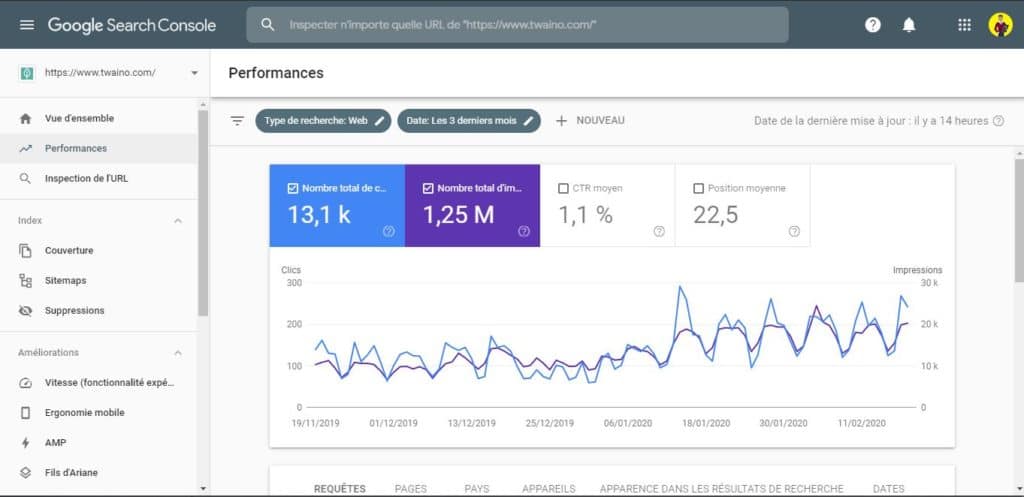
By connecting your GSC account to your Google Analytics account, you can combine the data from GSC with Google Analytics to determine what people are searching for on your site.
2.5. Other ways to get accurate information about “Not provided” data
In addition to the practices listed, you can leverage other techniques to get the search terms of your target audience.
2.5.1. Set up a survey on your site
Surveys can allow you to collect data on how users land on your site. You can set up your survey so that it will only address visitors from organic traffic.
For example, users can be asked to answer the question, “What term did you search for?” Internet users don’t mind answering a single question. So you can have quite usable answers.

The synthesis of this information is in a way the data retained by Google with the mention “Not provided”.
2.5.2. Use of the internal search
Sites that have the internal search function can evaluate the terms entered on Google. This is because the phrases that users search for on your site are similar to what other users search for on Google Search.
These phrases give you an idea of what your target audience is searching for on Google and what terms might lead them to your site. Internal search data provides insight into user search intent.

It is also possible to track search on your site directly in Google Analytics. In the Google tool, go to the administration dashboard and select “View Setting”. Then choose “Search Settings” and enable tracking.
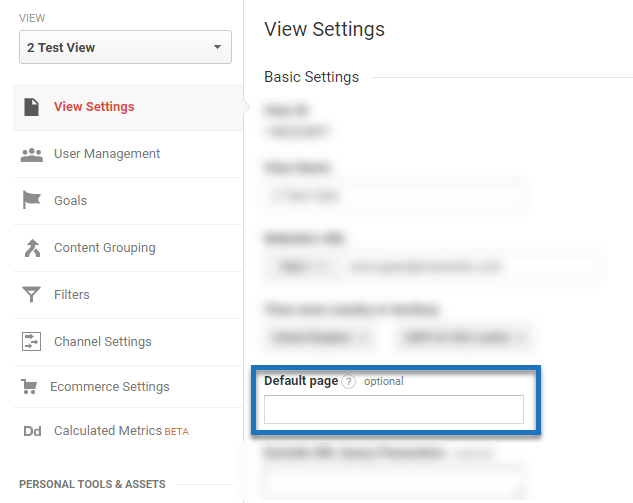
When enough users search your site, go to the “Behavior” tab in Google Analytics > Site Search. You will see a report that shows you what terms people are searching for on your site.
2.5.3. Analyze URL parameters and string in Google Analytics
This is one of the most difficult ways to get information hidden under the “Not provided” mention.
However, it allows you to get relevant results. It involves analyzing the search strings coming from Google.
The search URL that appears in the search bar is a redirect URL that often differs from the actual URL of the page. It often contains a string of parameters and codes.
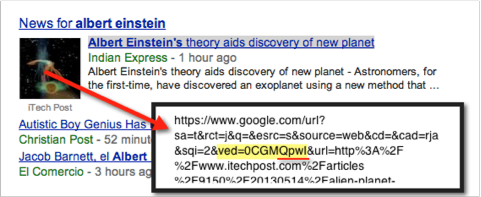
Source : moz
Analysis of this string provides information about the keyword and the position of the URL in the results. Google Analytics represents these parameters by VED and provides a report about it in the advanced segments.
You can analyze your site’s traffic based on these variables and get information about the keywords that attract visitors.
2.5.5. Invest in SEO tools
Investing in SEO software is one of the simple and practical ways to solve the “Not provided” problem of Google Analytics. These tools offer a lot of insights to properly analyze a site’s data.
Keyword Hero, for example, is a tool that easily integrates Google Analytics to show what keywords a site’s audience is searching for online to find it.
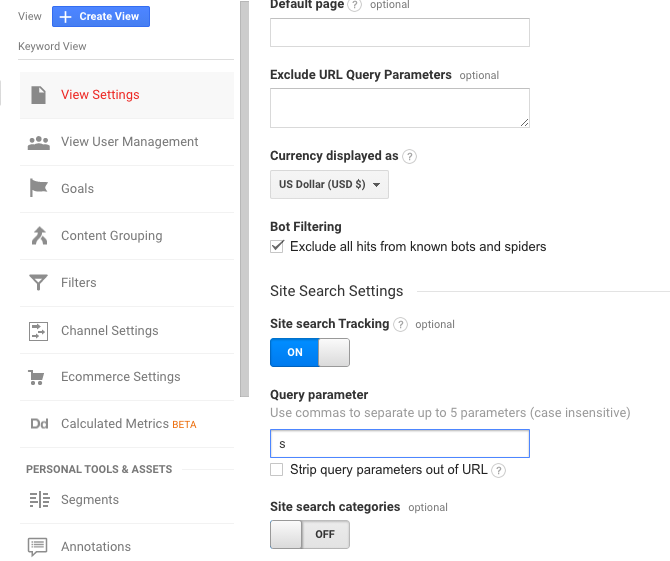
Source: keyword-hero.com
Even better, Keyword Hero attempts to match keywords with corresponding sessions in Google Analytics. Sessions are nothing more than the totality of a visitor’s actions on your site during a given time period.
In other words, with the help of this tool, you can see all the actions of a user who arrives on your site from a specific keyword.
Using session data such as session duration can help you see which keywords attract visitors who are likely to spend more time on your site. Note that Keyword Hero’s subscription costs between $9 and $99 per month.
There are other equally effective tools like Ahrefs and SEMrush. With these tools, you can access various information such as:
- Site audit;
- The discovery of performing pages;
- Tracking backlinks
- Keyword research;
- Etc.
On Ahrefs, you can have for example the daily follow-up of the search expressions of your site using the Rank Tracker function.
Chapter 3: Some frequently asked questions about the “Not provided” mention
This chapter is dedicated to the different questions that are often asked in relation to the “Not provided” mention.
3.what is “Not provided”?
“Not provided” is a mention in Google Analytics that means that the tool does not provide the data related to the search term of the visitors to find a website.

Google justifies the absence of this data by the secure search by which the search data of the users on the search engine is encrypted. The aim behind this measure is to protect the data of Internet users.
3.2. What are the problems with “Not provided” in SEO?
This measure affects marketing professionals because it prevents them from accessing data that can help them better plan their marketing campaigns and keyword strategy.
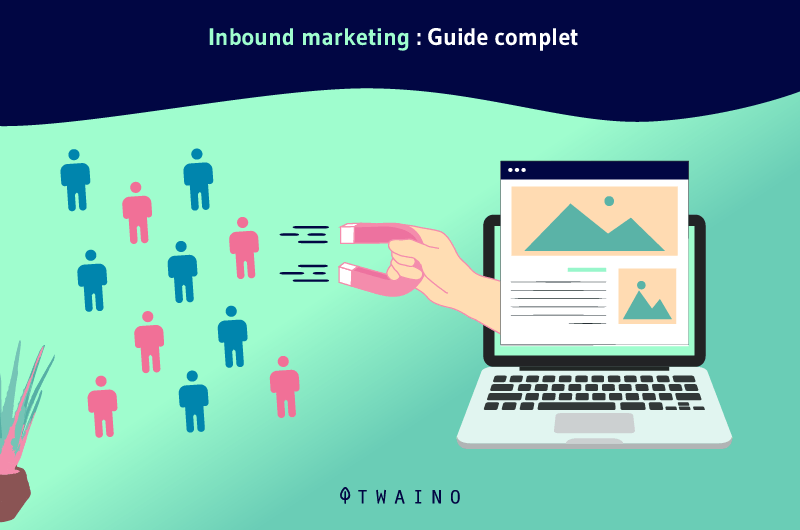
It also does not allow them to see which of their keywords have high conversion potential.
3.3. Does “Not provided” concern all searches on Google?
No. “Not provided” only applies to organic search data. It does not concern paid search and webmasters can find this data in Google Adwords.

However, the fact that the data available on Google Adwords only concerns paid search, it does not allow to correctly interpret the behavior of users.
The perspectives of this data are especially limited when organic traffic is more important.
3.4. How to obtain the missing information of “Not provided”?
There are many ways to get the keywords that bring visitors to your site without being confronted with the “Not provided
To do this,
- Create a custom filter in Google Analytics to highlight the URL that receives the most traffic to your site;
- Use Google Search Console data to get the queries for which your site appears in the SERPs;
- Analyze the traffic source report in Google Analytics;
- Review AdWords data;
- Set up a survey on your site;
- Search usage on your site;
- Analyze URL parameters in Google Analytics;
- Invest in SEO tools.
These are all solutions that can help fill the gap in information related to “Not provided” in Google Analytics.
In summary
At the end of this article, it is worth remembering that the “Not provided” mention is the result of the secure search, a will of Google to protect the privacy of its users.
However, this has made it even more difficult to understand search intent and to implement a keyword-based optimization strategy.
Not provided” data is undoubtedly a major obstacle for marketers. However, this does not mean that keyword data is no longer possible.
The strategies presented in this post will give you the information you need to understand your audience. They will allow you to properly optimize your site, but also to attract quality traffic.
It is true that these tips are not as easy as having a custom report in Google Analytics, they will nevertheless allow you to have the data required to run your SEO campaigns successfully.
If you’ve found a technique that allows you to access the search keywords we didn’t mention in this article, feel free to share it in the comments.



